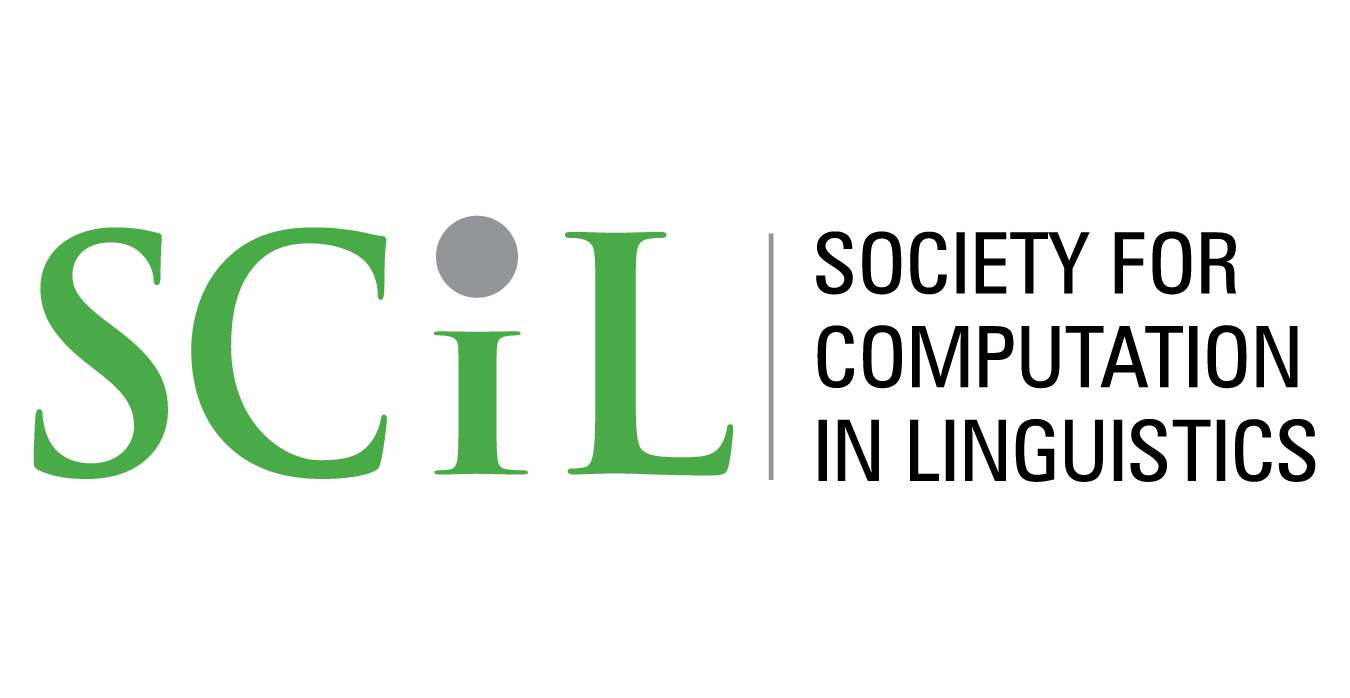A Network Science Approach to Bilingual Code-switching
Abstract
Previous research has shown that the structure of the semantic network can influence language production, such that a word with low clustering coefficient (C) is more easily retrieved than a word with high C. In this study, we used a network science approach to examine whether the network structure accounts for why bilinguals code-switch. We established semantic networks for words in each language, then measured the C for each code-switched word and its translated equivalent. The results showed that words where language is switched have lower C than their translated equivalents in the other language, suggesting that the structures of the lexicons in the two languages play an important role in bilingual code-switching speech.
Keywords: network science, bilingual code-switching, clustering coefficient
How to Cite:
Xu, Q., Markowska, M., Chodorow, M. & Li, P., (2021) “A Network Science Approach to Bilingual Code-switching”, Society for Computation in Linguistics 4(1), 18-27. doi: https://doi.org/10.7275/raze-1b18
Downloads:
Download PDF
428 Views
148 Downloads
